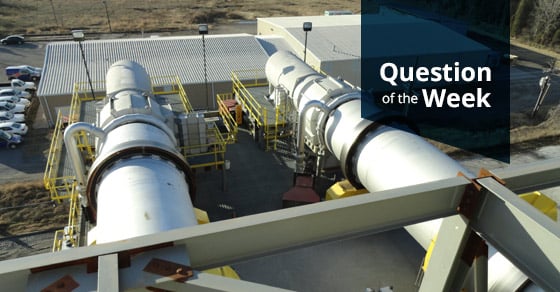Within the thermal processing industry, there are two informal types of rotary kilns: commodity kilns and specialty kilns. Commodity kilns are kilns that are employed in widespread commercial use. Their processes are well developed, and have been in use for generations of commodity processing. Specialty kilns, on the other hand, are those developed for specialized processing applications. These types of kilns are developed in a research setting for extremely specific uses, and are becoming more and more popular as companies look for advanced ways to process their unique materials.
When it comes to commodity kilns, lime, cement and iron ore are some of the most common commodity applications. However, as industrial processing and the thermal treatment of materials becomes more progressive, run-of-the-mill commodity kilns simply won’t do. Industrial processes are in need of a highly engineered solution, tailored exactly to their processing needs. This is exactly what specialty kilns have to offer.
The FEECO Innovation Center offers a unique opportunity for companies to test their thermal process in a research and development setting at both batch and pilot scale. FEECO can then use the process data gathered to engineer a custom rotary kiln to suit exact processing needs. For more information on our custom rotary kilns, download our e-book or contact us today!


